GHANA Celebrates the Historic Loan of Ashanti Kingdom Treasures
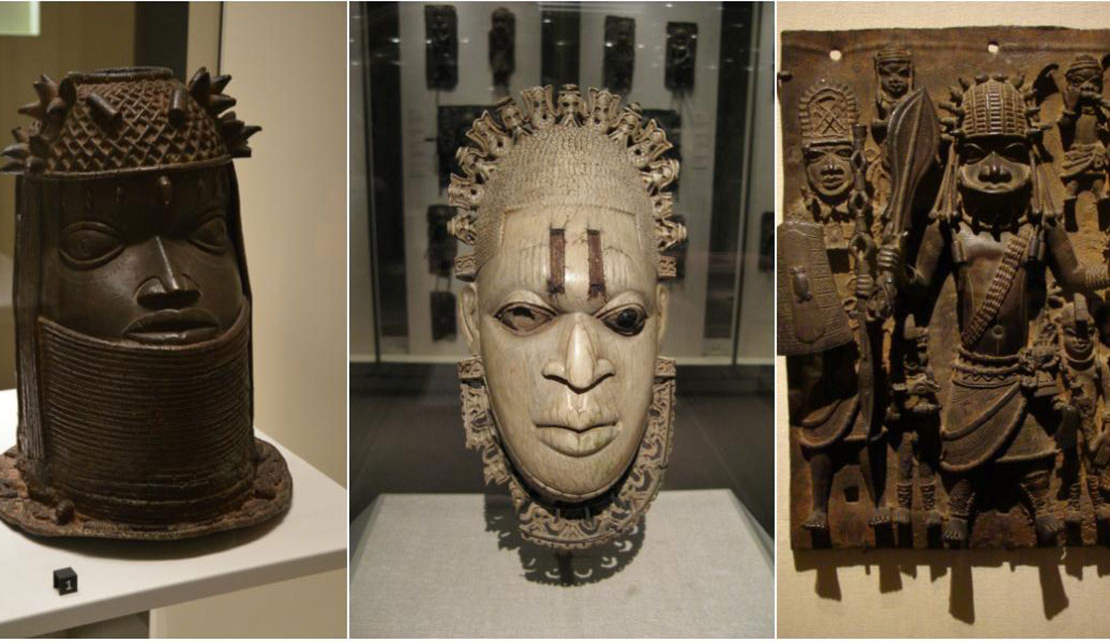
MONTEGO BAY, February 11, 2024 - In a landmark development that underscores the enduring power of cultural heritage and the possibility of reconciliation, Ghana has brokered a significant six-year loan agreement for the return of precious gold and silver artifacts looted from the Ashanti Kingdom during the colonial era.
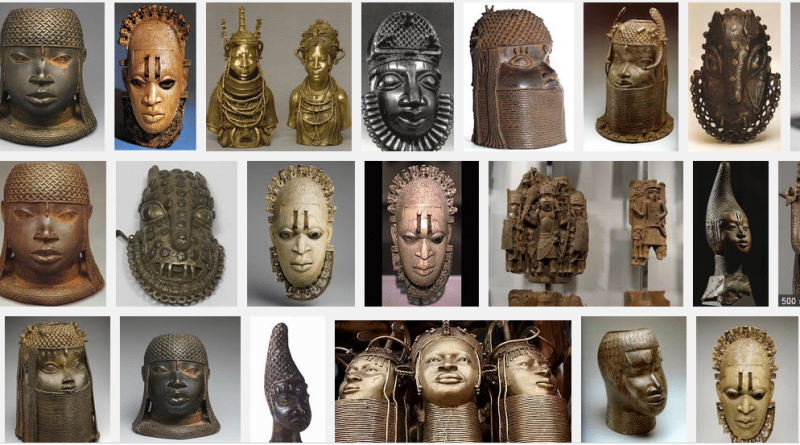
This resulted in the looting of the palace of the then-Asantehene, Otumfuo Nana Kofi Karikari, and the homes of other royals.
Many valuable items were stolen, including masks and busts made of pure gold, gold necklaces and bracelets, coral ornaments, swords, caps mounted in solid gold, knives set in gold and silver, bags of gold dust and nuggets, gold and silver sandals and stools, carved silver-mounted stools, silver and gold-worked calabashes, and several other priceless items.
Historians note that during the period of 1896 to 1900 when there was disorder in Kumasi, the capital of the present-day Ashanti Region, many of the Ashanti kingdom’s regalia and valuable items were stolen.
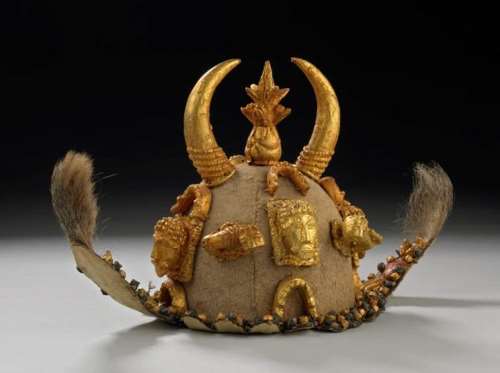 In fact, according to history, Sir Francis Scott had led the British in removing Otumfuo Nana Prempeh of Asante from power in order to gain control of their gold reserves.
In fact, according to history, Sir Francis Scott had led the British in removing Otumfuo Nana Prempeh of Asante from power in order to gain control of their gold reserves.
Prempeh was exiled to the Seychelles, which led to the collapse of the political system of the people of Asante, leaving the safety of these royal regalia and artworks in jeopardy without the usual security, leading to their removal by the British.
The artifacts, long held in the collections of London's Victoria and Albert Museum (V&A) and the British Museum, are set to be returned to Ghana, as announced by Ivor Agyeman-Duah, the chief negotiator and a distinguished Ghanaian historian and advisor to the Asantehene, Otumfuo Osei Tutu II.
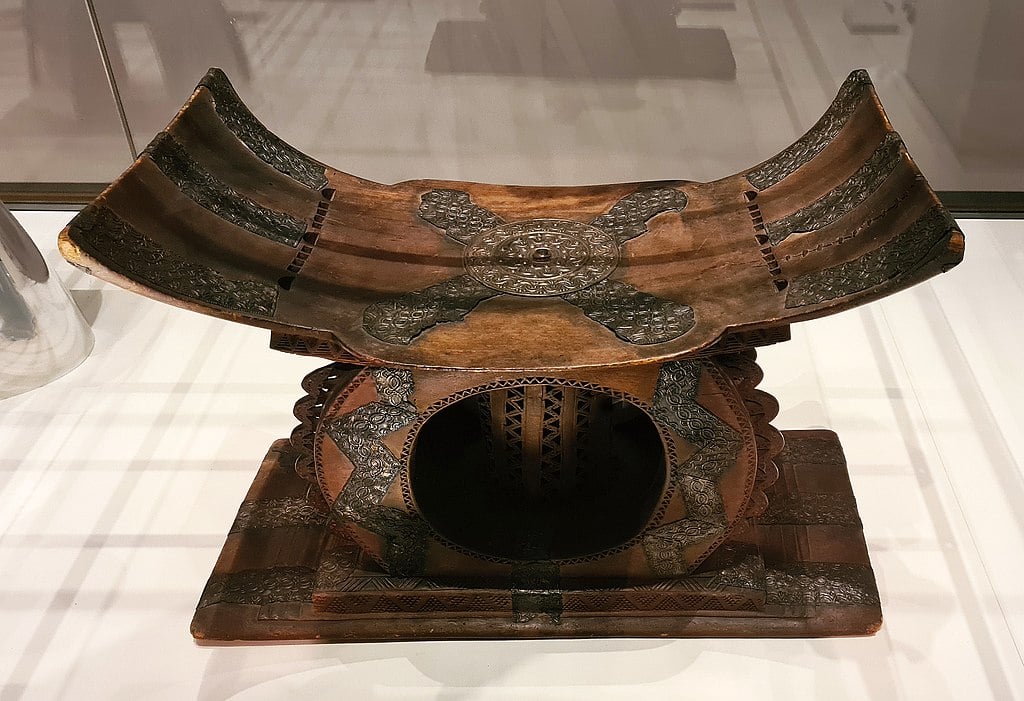 This return is timed to coincide with the Asantehene's 25th anniversary on the throne this April, marking a pivotal moment in Ghana's history.
This return is timed to coincide with the Asantehene's 25th anniversary on the throne this April, marking a pivotal moment in Ghana's history.
The loan includes 32 priceless items, among them an Asante gold ring, the ceremonial sword Mpomponsuo, and a gold lute-harp, each with profound historical and cultural significance, looted during the 19th-century Anglo-Asante wars.
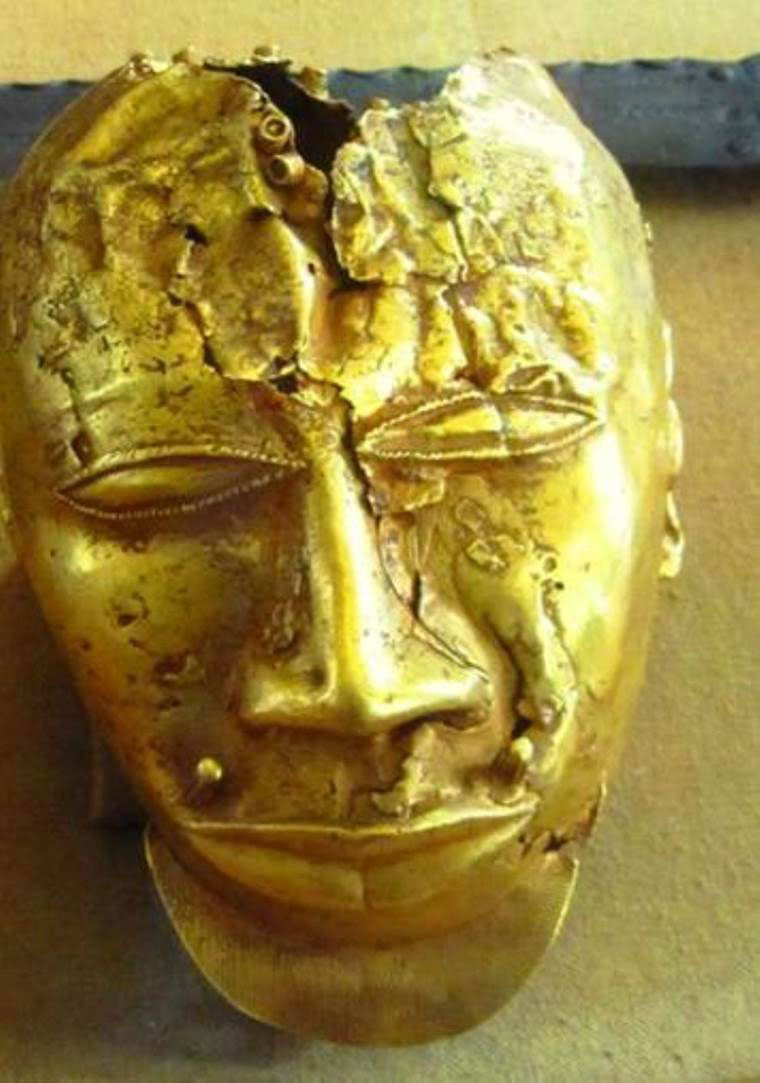 Highlighting the deep spiritual and historical resonance of these artifacts, Ghanaian monarchical historian and teacher Osei-Bonsu Safo-Kantanka noted, "These treasures are not merely historical relics.
Highlighting the deep spiritual and historical resonance of these artifacts, Ghanaian monarchical historian and teacher Osei-Bonsu Safo-Kantanka noted, "These treasures are not merely historical relics.
They hold immense spiritual significance for the Asante people, serving as a potent symbol of cultural resilience and the reclamation of our heritage."
His comments underscore the profound impact of this gesture beyond the physical return of items; it is a restoration of continuity, identity, and pride to the Asante people.
Angus Patterson, a senior curator at the V&A, reflects on the historical context, noting the looting was not only for wealth but also a deliberate act to dismantle symbols of government and authority.
This acknowledgment from international custodians highlights a shift towards recognizing and addressing the injustices of the past.
However, the return of these artifacts is not without its conditions, set within the constraints of UK legislation that prevents permanent restitution.
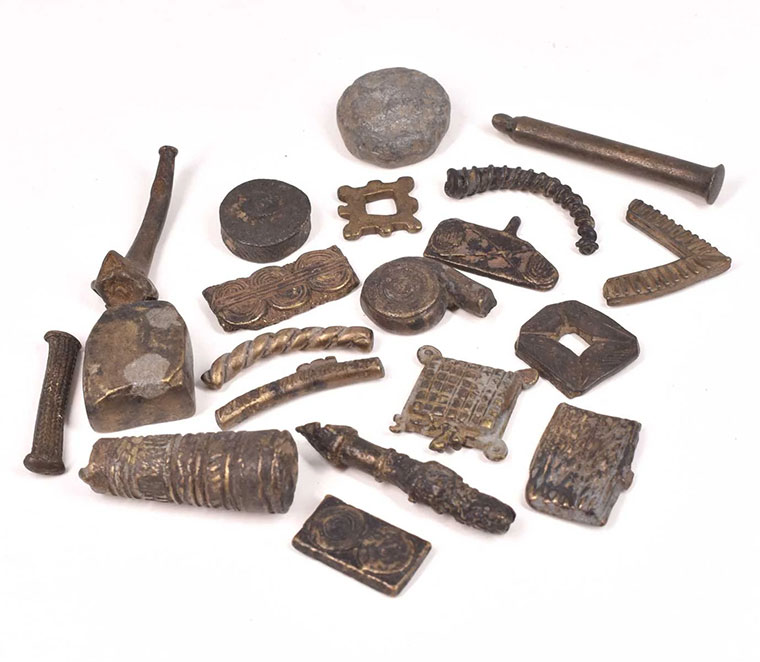 For his part, Safo-Kantanka argues that talks about the return of the items and possible compensation “will continue to drag on” because the British “feel it’s a war booty, so we can’t have them on a silver platter”.
For his part, Safo-Kantanka argues that talks about the return of the items and possible compensation “will continue to drag on” because the British “feel it’s a war booty, so we can’t have them on a silver platter”.
Instead, the arrangement requires Ghana to bear the costs of insurance, transportation, and documentation for the artifacts' temporary stay.
Despite these limitations, the agreement is a step towards healing, offering Ghanaians the opportunity to reconnect with a vital part of their history and celebrate the resilience of their cultural heritage.
As these artifacts prepare to make their journey back to Ghana, their return is celebrated as a significant moment for Ghanaians, symbolizing a broader movement towards acknowledging and rectifying historical wrongs.
It's a testament to the enduring strength of cultural identity and a hopeful precedent for future acts of reconciliation.

 Ar
Ar  En
En